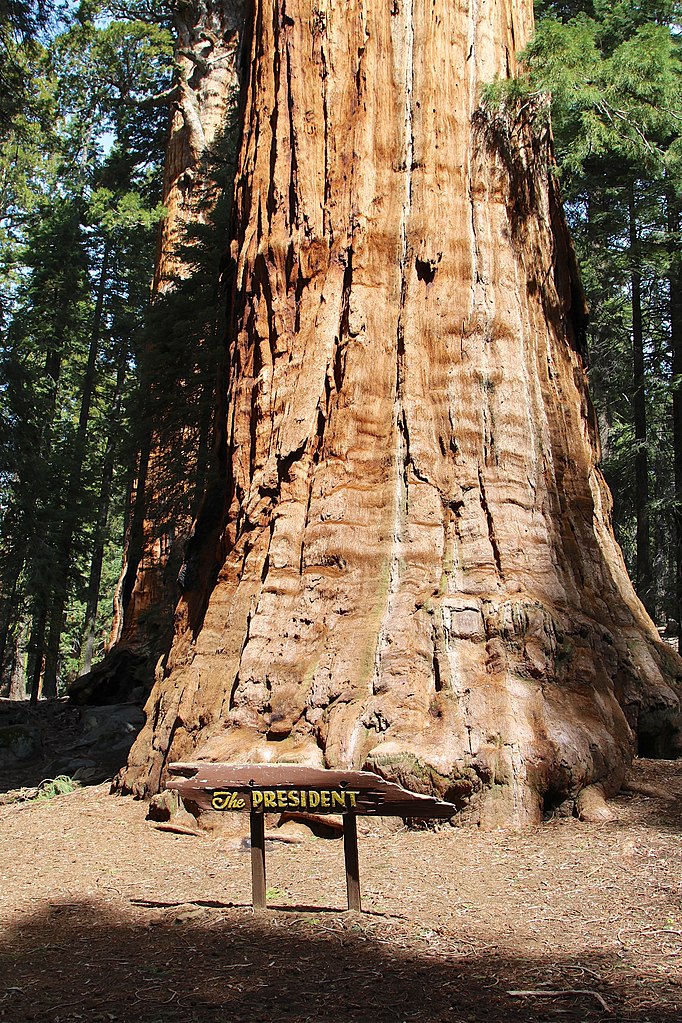Robert Dz. Pensula 360 Press.

There are many mysteries surrounding these trees, whose existence on Earth is estimated to be between 2,000 and 3,000 years old. In addition to reaching more than 100 m in height, the tallest known sequoia - Sequoia sempervirens or California redwood - is called Hyperion and measures 115 m and was discovered in 2006.
The oldest redwood has been estimated to be 3,200 years old; however, it is not the oldest tree on Earth, as there is a known 9,550-year-old spruce (Picea abies) in the Swedish province of Dalarna, meaning it dates back to the Ice Age.
Using a robe called
